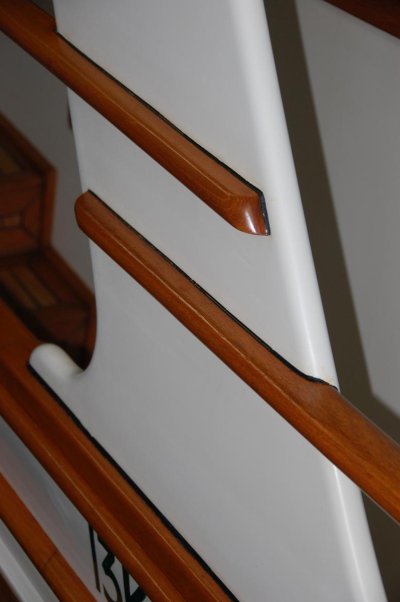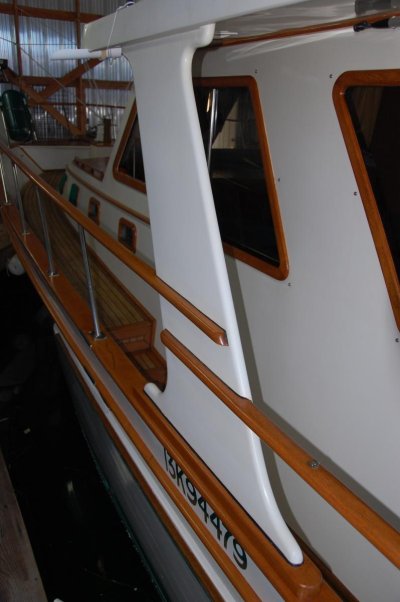6-Pack
Senior Member
- Joined
- Jan 16, 2012
- Messages
- 205
- Vessel Name
- The 6-Pack
- Vessel Make
- 1974 Custom Aluminum Pilothouse
I have searched and found differing views on the compound I should use in the joint between the pylon on my CHB Europa and the cap rail varnish that I have been working on. I want something that will handle the flex but keep water out of the joint. You can tell in this picture where I am talking about as it is where the green tape currently resides...
Suggestions?
Thanks Jeff
Suggestions?
Thanks Jeff






